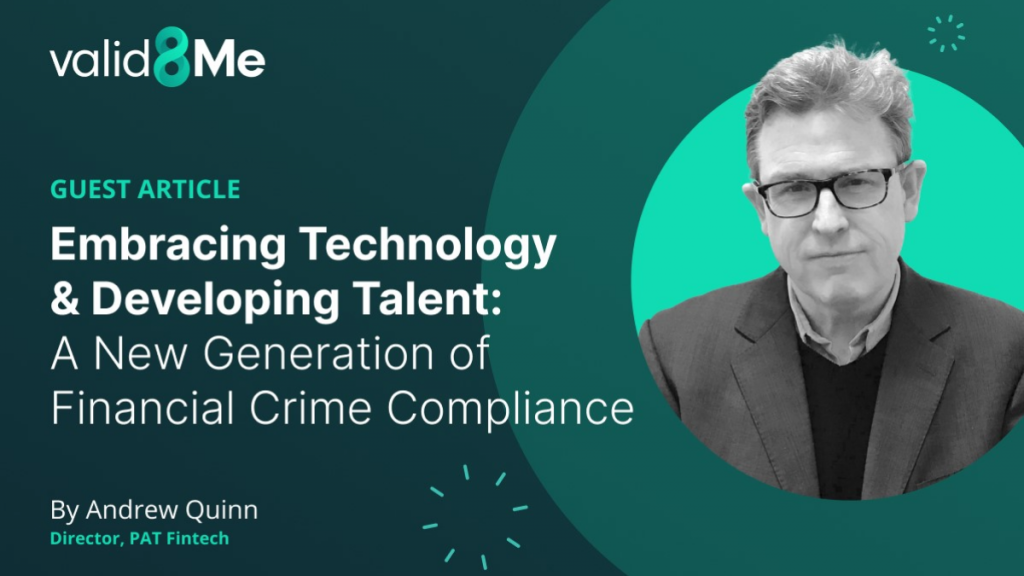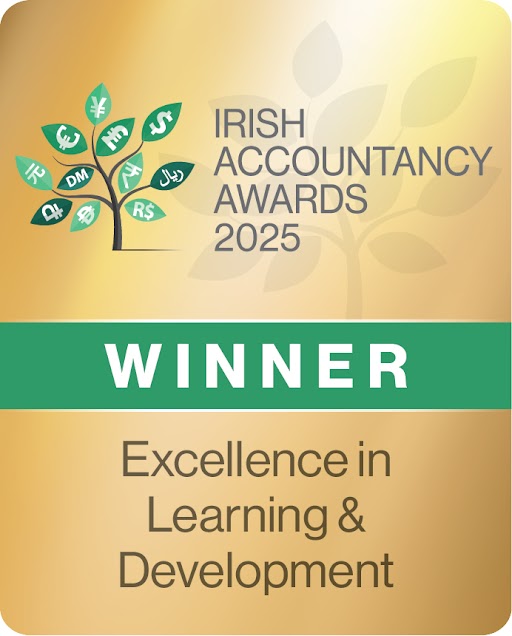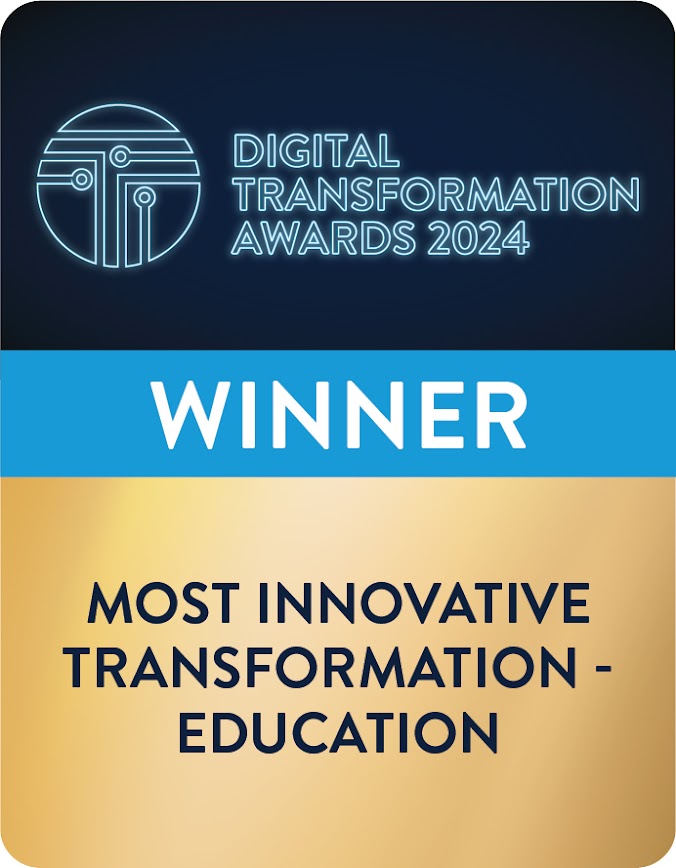
Introduction – The Financial Crime Challenge
The reality is that effective AML regimes rely on a combination of robust laws, regulations and practices that are aimed at preventing and detecting the illicit process of making illegally obtained funds appear legitimate.
This is not easily achieved.
It could be argued ‘we’ – the financial services industry & related professional services- are NOT particularly effective in combating financial crime.
As evidence, consider the following:
• The estimated amount of money laundered globally is 2% to 5% of the global GDP, or approximately $800 billion to $2 trillion per year;
• Over $50bn in financial penalties have been levied against financial institutions since 2008.
These numbers quantify a serious societal problem that potentially undermines the financial system’s integrity, national security and how we protect legitimate businesses and their consumers.
In response to this challenge we have seen an ever more rapidly evolving legislative and regulatory environment and increasing
operational demands on the financial services industry.
But does this solve the problem?
I would contend we need to do more, and encouragingly, global regulators are increasingly evaluating the potential of technology to help us combat/prevent financial crime.
The Role & Evolution of the Compliance Function
In the context of this article, the traditional role of the compliance function is to ensure organisations adhere to their legal and regulatory requirements to mitigate financial crime risks.
As technology changes the way financial services are provided, and innovation brings new products/services to market, it is imperative that the compliance function evolves and adapts to an ever-changing
regulatory environment.
In particular, the financial services industry has undergone significant change in recent years, with increased regulatory demands and newly emerging financial crime typologies.
This reality necessitates an evolution in the compliance function as it adapts to new regulations, technologies, and best practices to ensure effective risk management.
The question is how best to meet this challenge? How to effectively combat financial crime in an increasingly dynamic and complex global environment?
Embracing Technology
A significant part of the solution is creating an awareness of technological solutions.
Technology can play an increasingly crucial role in financial crime detection and prevention by enabling faster and more accurate data analysis, enhanced risk assessment capabilities, and improved regulatory compliance.
Technology can create opportunities for the compliance function and the prevention of financial crime in a number of various (evolving) ways.
Namely – not exclusively:
● Real-time monitoring and detection capabilities;
● Dynamic risk identification and scoring;
● Improved data analytics and trends insights;
● Automated compliance processes.
Adopting Emerging Technologies & Solutions
We are experiencing a dynamic and highly innovative adoption of technological solutions across the financial services sector, and in the context of the compliance function so-called RegTech’s are developing solutions utilising various emerging technologies.
It is important to acknowledge there are still limitations and challenges that need to be considered – ongoing system testing, data access, quality and consistency, SMEs to interpreting results accurately – but there are several identifiable areas where a more digitised operating environment creates significant opportunities to improve upon the detection/prevention of financial crime.
For example – not exclusively:
AI / ML Capabilities
• The ability to analyse vast amounts of data;
• Identifying transactional and behavioural patterns and anomalies;
• Adapting and evolving detection as new typologies and threats emerge.
NLP
• The capacity to analyse unstructured text data;
• Reduce inaccurate or false information and false positives;
• Improve screening capabilities;
• Improve accuracy of customer records and risk profiles.
Digital Identity
• Strengthen and improve identification and authentication;
• Enable non-face-to-face onboarding;
• Prevent identity fraud and unauthorised transactions.
LLMs (ChatGPT)
• Potential to process and extract insights from a wide-range of text sources;
• Assist in identifying complex money laundering schemes;
• Generate reports with relevant insights.
Creating Talent – Enhancing Knowledge & Skills
To optimise these opportunities I believe creating an awareness – an innovative mindset – that is underpinned by the requisite skills sets is critical to the contemporary and future compliance professional – especially in leadership roles.
There is no denying continuous learning is essential in today’s rapidly evolving technological landscape.
For me the key is that learning providers enable individuals to stay updated with the latest advancements, acquire new skills, and adapt to changing industry demands.
This also is not always as easy as it sounds and I believe there is work to be done in creating the right skill sets for risk and compliance professionals.
At PAT Business School we are committed to providing industry focused education/training that provides the opportunity for learners to enhance their technological skills and literacy.
Delivered by industry practitioners, focused on current and evolving best practice, we are empowering the financial services industry to effectively embrace technology, and specifically leverage the benefits of technological solutions within the compliance function.
Conclusion – Technology & Talent
I have tried to summarise the evolving – increasingly strategic – role of the compliance function and the importance of leveraging technology in combating financial crime.
There are a number of key themes we need to address collectively and individually, for example:
● Utilising advanced analytics and artificial intelligence to enhance detection and prevention capabilities;
● Constantly assess the effectiveness of technology solutions and make necessary improvements;
● Staying informed about emerging technologies and their potential impact on financial crime prevention;
● Adopting an agile and adaptable approach to stay ahead of evolving threats.
I have also tried to highlight the significance of continuous learning, training, and adopting industry best practices, in enabling risk & compliance professionals to enhance their skills. This can be achieved, but to do this we must support each other in a number of ways, for example:
● Maintaining an awareness of regulatory requirements and changes in the financial crime landscape;
● Fostering a culture of compliance and ethics within the organization;
● Collaborating with industry peers and share best practices;
● Investing in continuous training and development of compliance professionals.
In my opinion, the opportunity for Ireland to continue to grow as a financial centre, and attract new investment, is to a great degree dependent on how we adapt to technology innovation and commit to the education/training of our risk & compliance professionals.
To work towards this objection, I hope this short article helps highlight areas where we need to focus upon, and I have no doubt we can do this!






